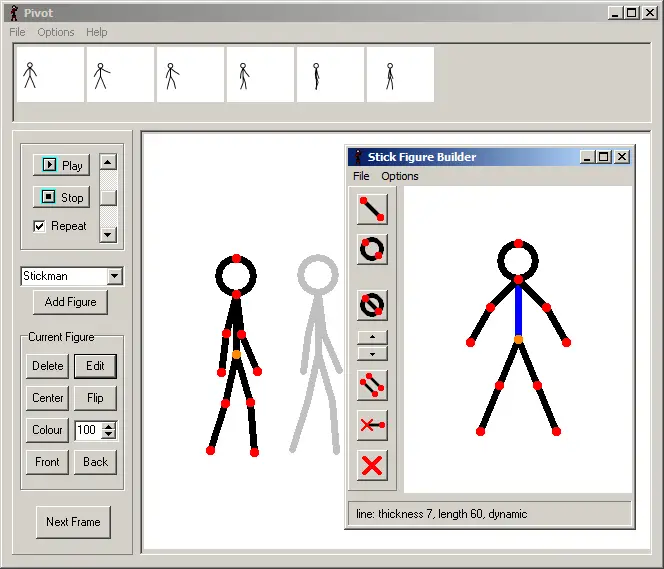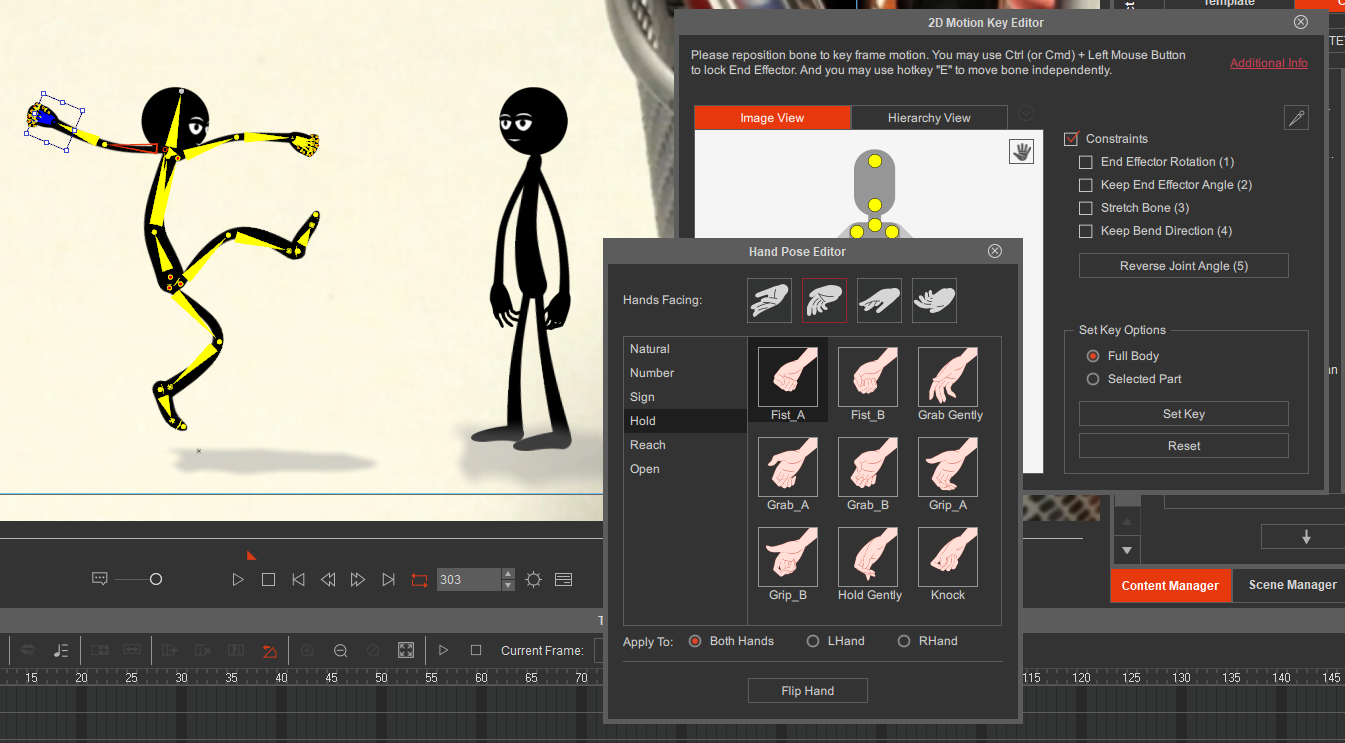

- Private stick figure animator how to#
- Private stick figure animator software#
- Private stick figure animator professional#
This was one of the first animation programs available on the computer. Users were given few options of image optimization, compression or resizing when saving their animation. Animations could be saved in the PIV (Pivot Project File) or exported as Animated. Stick figures were limited to one type of stick figure, the default stick figure.
Private stick figure animator software#
The first version of Pivot Animator had several software bugs. Alternatively, if you’re passionate about animation in the context of game design, perhaps you’ll find what you’re looking for in our Game Art & Design programs.Development and history First release
Private stick figure animator how to#
Want to know more about how to become an animator? You can learn the skills you need in a Media Arts & Animation program at an Art Institute campus near you or in one of our online programs. Remember, a large part of how to become an animator is putting in the time and effort to your own development and success! All of this experience can help you network with other professionals, build your skills, and continue to expand your portfolio. As you work to advance your career, you may still want to do select freelance work or volunteer for organizations you really care about. (Your Career Services team or your instructors may be able to help you connect with current industry professionals.)Įven after you graduate and find a full-time role, you’re more likely to start out in an entry level position than in a lead animator job. Secure internships and freelance jobs while you’re in school to gain experience outside the classroom. Don’t forget to include a contact section on your site as well as your resume and a brief overview of your background and interests.įor portfolio ideas, you can review online portfolios of other animators, or, if you’re in school, ask your Career Services team and instructors for feedback and advice. Only share your best work, updating your portfolio and reel as you create new and stronger pieces. Each piece you share should include a recap of the work you did and your project goals. At The Art Institutes system of schools, building portfolio pieces is an essential part of the curriculum in our Media Arts & Animation programs.įor animators, it’s best to host your portfolio online, where you can have a section for a short demo reel and an area for longer work samples.
Private stick figure animator professional#
Create a stellar portfolio and demo reel.Īsk any industry professional how to become an animator, and they’ll tell you that having a standout portfolio is key. Animation projects require collaboration, and you’ll need practice being a good group member and managing feedback and critiques.ģ. Doing so can help you understand body language and movements, so that you can recreate specific emotions and qualities in your characters. On top of building foundational art skills and learning animation and editing software, you’ll also want to develop acting and observation skills. They can push you to achieve your best, but ultimately you have to put in the hard work.

No matter how good your animation program is, your instructors can only teach you so much about how to become an animator. Dedicate yourself to developing your skills. Degree programs usually provide a broader education, moving from foundational to advanced courses, while non-degree programs narrow in on specific specialties and may require existing skills or prior knowledge of certain areas.Įither way, be sure to pick a program that gives you hands-on practice with industry technology and that is taught by people with experience in the field.Ģ. Your options include associate’s and bachelor’s degree programs as well as non-degree programs like certificate and diploma programs. Of course, what animation program you choose should depend on your individual career goals, prior education, and existing skills. According to the US Bureau of Labor Statistics, multimedia artist and animator positions typically require a bachelor’s degree.

Take animation courses or a degree program.įor most people, going to school is the first step for how to become an animator. Read on to see what steps you’ll need to take to become an animator and how to break into this action-packed, exciting field.ġ.

Being an animator is an incredible career, where you can have the opportunity to give life to images and ideas in fields as diverse as law, healthcare, film, education, television, and gaming.


 0 kommentar(er)
0 kommentar(er)
